5 Reasons Your Visa Might Be Rejected
Avoid the visa drama – here’s what every South African traveller should know before applying.

You’ve picked your destination, started daydreaming about the food, and maybe even bookmarked a few Instagram-worthy spots. But before you pack your bags and jet off, there’s one admin task that could make or break your holiday: the visa application.
If you’re a South African citizen planning to travel to countries that require a visa – like those in Europe, the UK, or the USA – you’ll need to get that paperwork spot-on. And while the process may feel overwhelming, most visa rejections can be avoided with a little know-how.
Whether you're preparing your Schengen visa application, submitting an online visa application, or simply trying to apply for a visa stress-free, this guide will walk you through the most common pitfalls – and how to sidestep them like a pro.
Key Takeouts
- Always double-check your visa application for accuracy and completeness before submitting to avoid simple errors that cause rejection.
- Start your visa application process early – ideally 4 to 6 weeks before travel – to allow time for processing and any unexpected delays.
- Provide all required supporting documents that clearly match your travel plans, finances, and ties to South Africa.
- Show strong reasons for your return home, such as employment, property, or family commitments, to increase your chances of visa approval.
Mistake 1: Typos, Errors & Incomplete Information
It may sound basic, but spelling errors, incorrect dates, or incomplete forms are top reasons for rejection.
What makes a visa application rejected?
Anything from a misspelled name to an invalid passport number can get your application flagged. Consistency matters – your information must match your passport exactly.
Q: How do I correct a mistake on my visa application?
If your application has already been submitted, contact the embassy or visa centre as soon as possible. You may need to start over with a new application, depending on the consulate’s policy.
Visa application tip: Always double-check your application before submitting. Better yet, have a second pair of eyes review it too, just in case.
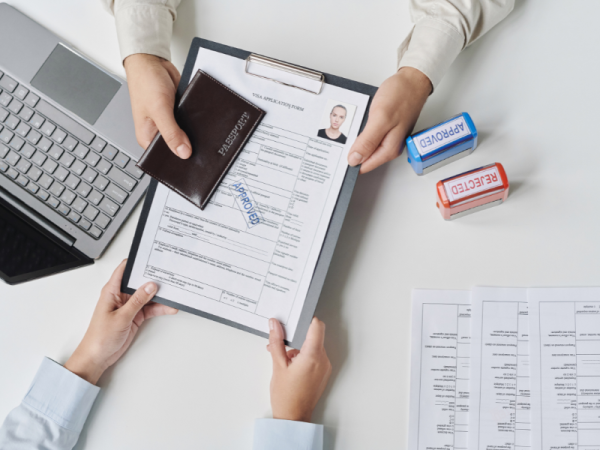
Mistake 2: Applying Too Late
Visas take time – especially during peak seasons. A Schengen visa application can take up to 15 working days, but delays aren’t uncommon, especially if you’re applying around school holidays or festive periods.
How to prepare for a visa:
Start the process as early as possible. Ideally, you should apply at least four to six weeks before your planned departure. This gives you enough time to gather all the necessary documents, attend appointments, and handle any unforeseen issues. Even though you might be applying via an online visa application portal, processing still takes time, so don’t leave it until the last minute.
Quick fix: Give yourself breathing room. Delayed visas can mean missed flights, hotel cancellations, and non-refundable expenses.
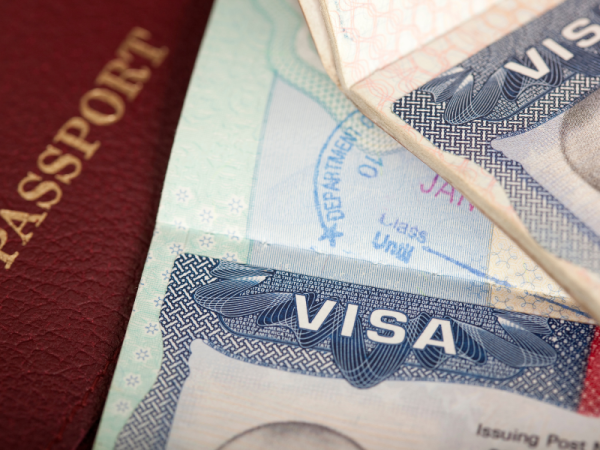
Mistake 3: Missing or Incorrect Supporting Documents
Not submitting the right paperwork – or outdated versions of it – is another fast track to rejection. Every country has its own checklist, and even a small omission can be costly.
What can affect your visa application?
Common issues include submitting outdated bank statements, omitting travel insurance, or failing to provide proof of accommodation and return flights. Sometimes applicants submit documents that don’t match their itinerary, which can raise red flags. A lack of clarity around the purpose of travel can also result in a refusal.
Visa application tip: Make sure every document you submit is up to date, clear, and aligned with your travel plans. If the consulate asks for three months of stamped bank statements, don’t provide two, and don’t rely on screen grabs or PDFs without verification.
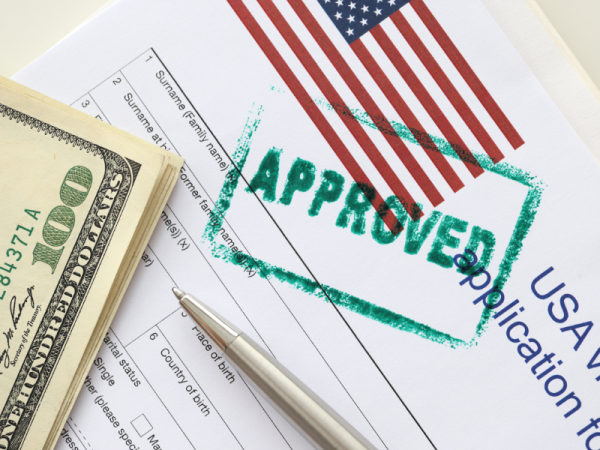
Mistake 4: Applying at the Wrong Embassy for Schengen Travel
The Schengen visa application process can be a little confusing, especially if you’re visiting multiple countries. Many travellers mistakenly apply at the embassy of the country they land in first, when in fact, you should apply at the embassy of the country where you’ll spend the most time. If your stay is split evenly, then yes – apply to the country of first entry.
Q: How do I know if my visa is correct?
When your visa is issued, check the details carefully. Your name, passport number, travel dates, and number of entries should all match your application and your intended itinerary. If there are any errors, contact the issuing embassy immediately to correct them before you travel.
Tips for applying for a Schengen visa:
Your travel itinerary should clearly show where you’ll be and when, backed up by hotel bookings and transport reservations. Travel insurance should meet Schengen requirements, and your application must reflect your actual plans – not just what’s convenient to submit.
Quick fix: Save all your travel confirmations and documents in one folder. It helps to keep everything tidy in case you’re asked to submit additional proof or clarify details.
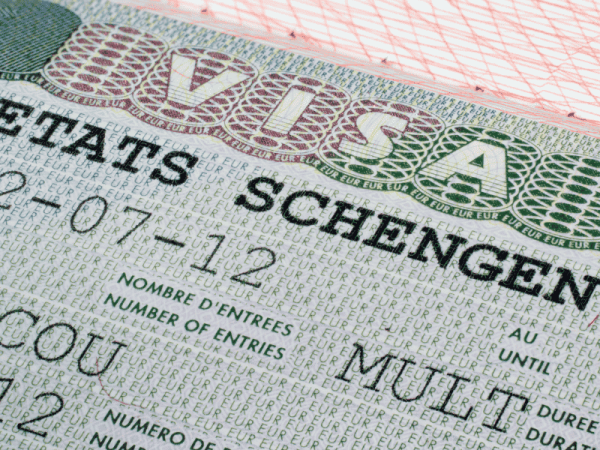
Mistake 5: Not Showing Strong Ties to South Africa
Visa officers want reassurance that you’ll return home after your trip. If your application doesn’t show strong ties to South Africa – like employment, property ownership, ongoing studies, or family – you may be flagged as a potential overstay risk.
How can I increase my chances of visa approval?
To strengthen your application, submit a letter from your employer confirming your leave dates and position. If you own property or have financial commitments, include proof of this as well. Documents showing dependents, marriage certificates, or proof of registered studies can also help. Financial stability is key, so your bank statements should clearly show that you can afford your trip.
What makes a visa successful?
A successful application clearly shows the purpose of your visit, proves you have enough money to support yourself while abroad, and shows that you’re likely to return home once your holiday is over.
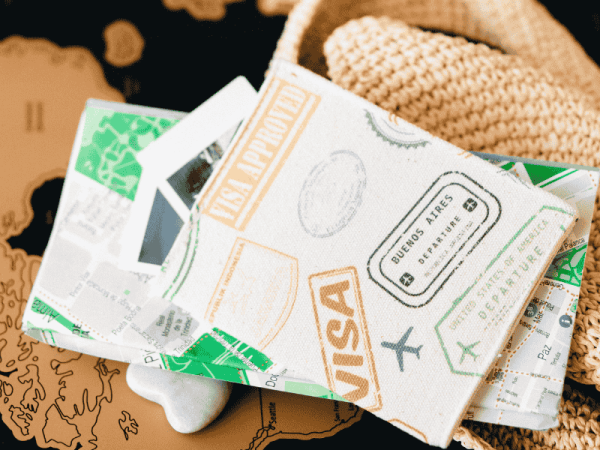
Bonus: How Do I Know the Exact Reason for Visa Rejection?
If your visa is rejected, you’ll usually receive a letter with a specific reason code. Common reasons include insufficient financial evidence, an unclear travel purpose, or missing documents. If the reason feels vague, you can reach out to the embassy for clarification or simply correct the issues and reapply with stronger documentation.
Recap: Your Visa Application Checklist
To avoid visa drama, double-check every section of your application before you submit it. Make sure your documents are complete, accurate, and up to date. Stick to the official checklist provided by the embassy and don’t take shortcuts. Be honest about your travel plans, and make sure to include evidence of your ties to South Africa. Whether you're submitting a Schengen visa application or any other, being prepared is your best tool for success.

Ready to Go? Let Thompsons Help
Visa applications can be tricky – but you’re not alone. At Thompsons, we’re here to answer your questions and help you prepare, so your travel plans run smoothly.
Book your package trip with Thompsons today – and get it right the first time.
